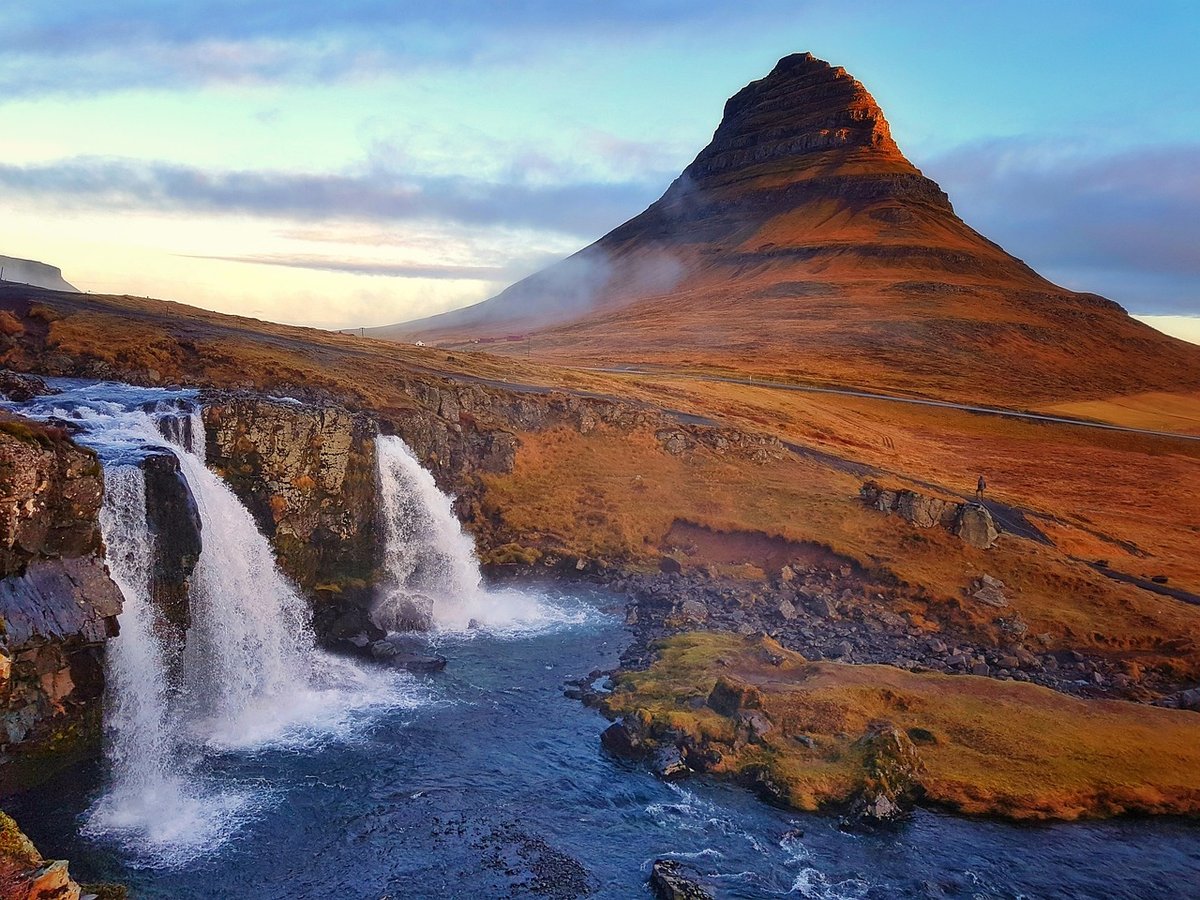In spite of being a reputed and attractive place, only a small portion of Iceland is covered by forests at present.
As a matter of fact, only approximately 2% of the total land area of Iceland consists of forest which happens to be comparatively small.

However, this was not the case at all times. When the Vikings arrived in this country for the first time many years ago, they came across a landscape which did not consist of any habitation and there were lots of birch forests as well as other woodlands covering approximately 25% to 40% of the island.

Disappearance of the forests in Iceland
So what exactly happened? It is a fact that the Vikings began to chop down and burn the forests of Iceland for getting timber, and also for clearing areas for grazing pastures and farmland.
They likewise purchased sheep which used to feed on the saplings that made it quite difficult for the forests of the country to recover.
Restoring Iceland one tree at any given time
However, efforts are being made by Iceland for fixing this and gaining back the benefits which have been lost over the years.
Restoring the native tree cover of this island can make a huge difference in the soil-erosion issue in the long run, for instance, by improving agriculture and minimizing dust storms.
It can also aid in enhancing the quality of the water and minimize the carbon footprint of the country.
Yet it is simpler to save old-growth forests rather than replace them, particularly in a cold area such as Iceland.
The nation is working on reforestation for over a century, planting numerous non-native spruce, larch, as well as pine trees along with native birch.
Numerous seedlings have been added by Iceland every year throughout the major portion of the last century.
It finally reached 4 million every year during the 90s and as much as 6 million every year during the early 2000s.
After the financial crisis during the period 2008 to 2009, forestry funding had been cut sharply. However, Iceland has gone on adding 3 million fresh trees every single year recently.
This particular endeavor has helped the nation to save a portion of the last national forests of the island, and it has even added to that; however, it happens to be a sluggish comeback.
The forest cover of the island fell below 1% during the middle part of the 20th century, and now, birch forests cover approximately 1.5% of the island, and cultivated forest covers another 0.4%. Iceland has a target of increasing its forest cover from 2% to 12% by 2100.
Iceland turns carbon-neutral
Ironically, the process of reforestation might be made easier here because of a warming climate.
It has already succeeded in raising the optimum elevation for forestry in Iceland by approximately a hundred meters since the 80s.
Moreover, climatic change induced by humans likewise poses significant environmental threats in the country such as the melting of glaciers and so on.
Iceland is sensibly making an endeavor to minimize the contributions made by it for climatic change.
For example, Reykjavik aims to become carbon-neutral by 2040, while the nation targets to minimize carbon dioxide emissions by 40% by 2030. The addition of trees happens to be a significant part of these plans.
Although Iceland might never become a wooded wonderland, the leaders of the nation are restoring the ancient ecosystem of the nation by investing in the plantation of trees.






